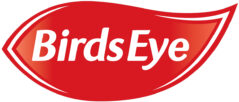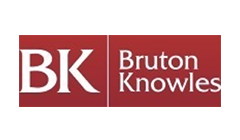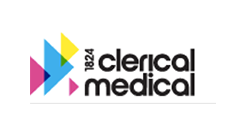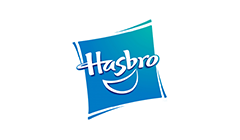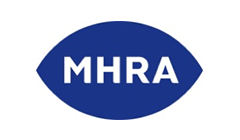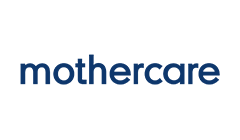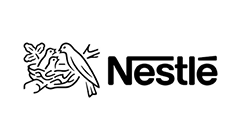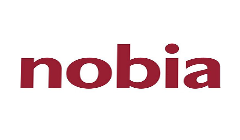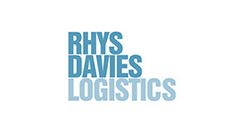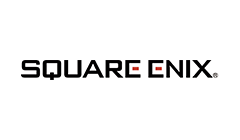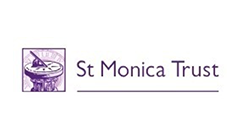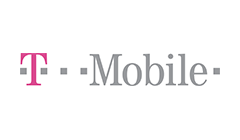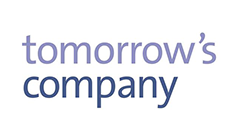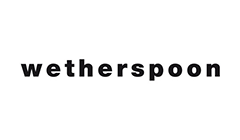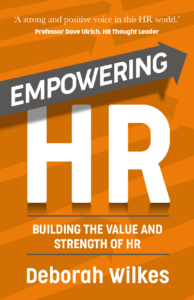How to build Rigour
Build rigour to deliver what you promise; reliable, accurate, up-to-date
To build Rigour, ask yourself these questions:
- What are the strategic priorities and, therefore, the absolute deliverables for HR?
- To what extent are you doing the right things and doing them right?
- How can you tighten up operationally?
Building your Rigour strategically
Building a framework for excellence
This involves taking a real step back so that you can get the full picture. Take a deep breath from daily pressures and book time in your diary to scope out three key areas:
- Context – for HR to respond appropriately to what’s happening in your organisation and your market – what are the ‘must have’s’ and the ‘nice to have’s’? Rigour is about putting the essentials first, and delivering to consistently high standards.
- People – how can you ensure that people work together in the best possible way, eg. with client groups and key stakeholders?
- Process – what are the critical outputs, standards and governance that must be engineered into failsafe processes?
Build your Rigour tactically
Collaborating and negotiating
What this means for us, tactically, in HR is constant checking of our priorities. We can’t do this alone, because our activities never stand alone. This is where we see the link with the skills of collaborating and negotiating. If we carry out too much of this analysis alone, we may lose alignment with our client groups. In addition, when we have to make tough decisions, we need to do so in partnership with them and with their active support.
It also means that there are conversations that need to take place, promptly and honestly, when dilemmas arise about what HR can realistically deliver. In HR we are faced constantly with challenges that come from nowhere and must be handled immediately – there are many pressures that could lead us to become reactive. In order to protect our Reputation and our credibility, it’s vital that we explain clearly why we can’t do everything, at the time.
How HR is delivered
Allocating resources through partnership with the business
Deciding what we can and will do is a constant balancing act. First we need to look at this from a strategic viewpoint. HR needs to engage with key stakeholders to agree which HR activities add most value, relative to current business goals. Some business challenges may demand new HR approaches. Sometimes it’s difficult to be precise, but it’s always possible to agree a direction of travel. When these discussions are built into the business planning cycle, they will be aligned with strategy and other functions.
There are also structural responses to this – eg. to separate the Business Partner role, Centres of Excellence and HR Services. Research shows that the Business Partner model, for example, works well on paper but only reaps its full potential when behaviour and style change too – when attitude changes, and the HRBP engages with the client group as a customer, adult to adult.
One approach is to analyse which of your services are transactional – ie. following a set process or routine. These are the services most likely to be suitable for the effective use of IT solutions, or even outsourcing. The critical test for all our activities is ROI – what value will this activity add to our organisation, relative to its cost? How can we deliver the most cost-effective solution? Should we draw in external expertise to help us raise our game?
In some organisations, formal Service Level Agreements (SLA) are negotiated. SLAs in HR give us a useful framework to contract with client groups. However, even those must be constantly updated and renegotiated with client groups because nothing stands still. Others take a more informal, flexible approach, believing that this enables them to respond more flexibly. The viability of this approach depends on the strengths of the relationships that are in place.
In Rigour, however, we recognise that there are elements of the work of HR that are completely non-negotiable and must be delivered at the highest standards of quality, eg. payroll, employee records and legal advice. Research shows that this is a basic requirement of HR on which everything else can stand or fall.
HR data and analytics
In another Facet, Perspective, we talk about how to use data. In Rigour the emphasis is on gathering, collating it and applying the data, often by optimising IT. It is also essential to ensure that you regularly cleanse that data for it to be effective and legal. We can gain great insight to the use of data by looking at how other departments use data to drive decisions and demonstrate ROI e.g. finance and marketing. We can creatively analyse the data to discover new insights ourselves and to share those insights with others. Working with data gives us another opportunity to reach out to our stakeholders – to engage them in analysing the data and using it to make decisions together to which they will be fully committed.
Organisations we’ve worked with


